
This 6th edition published in 2012 by:
Marshall Cavendish Corporation
99 White Plains Road
Tarrytown NY 10591-9001
www.marshallcavendish.us
First published in 1996 by Times Editions Pte Ltd, reprinted 1996, 1997, 1998, 1999; 2nd edition published in 2000, reprinted 2000; 3rd edition published in 2003 by Marshall Cavendish International (Asia) Private Limited, reprinted 2003; 4th edition published in 2006; 5th edition published in 2009. Marshall Cavendish International (Asia) Private Limited All rights reserved
No part of this publication may be reproduced, stored in a retrieval system or transmitted, in any form or by any means, electronic, mechanical, photocopying, recording or otherwise, without the prior permission of the copyright owner. Request for permission should be addressed to the Publisher, Marshall Cavendish International (Asia) Private Limited, 1 New Industrial Road, Singapore 536196. Tel: (65) 6213 9300, fax: (65) 6285 4871. E-mail:
The publisher makes no representation or warranties with respect to the contents of this book, and specifically disclaims any implied warranties or merchantability or fitness for any particular purpose, and shall in no events be liable for any loss of profit or any other commercial damage, including but not limited to special, incidental, consequential, or other damages.
Other Marshall Cavendish Offices:
Marshall Cavendish International (Asia) Pte Ltd. 1 New Industrial Road, Singapore 536196  Marshall Cavendish Ltd. PO Box 65829, London EC1P 1NY UK
Marshall Cavendish Ltd. PO Box 65829, London EC1P 1NY UK  Marshall Cavendish International (Thailand) Co Ltd. 253 Asoke, 12th Flr, Sukhumvit 21 Road, Klongtoey Nua, Wattana, Bangkok 10110, Thailand
Marshall Cavendish International (Thailand) Co Ltd. 253 Asoke, 12th Flr, Sukhumvit 21 Road, Klongtoey Nua, Wattana, Bangkok 10110, Thailand  Marshall Cavendish (Malaysia) Sdn Bhd, Times Subang, Lot 46, Subang Hi-Tech Industrial Park, Batu Tiga, 40000 Shah Alam, Selangor Darul Ehsan, Malaysia
Marshall Cavendish (Malaysia) Sdn Bhd, Times Subang, Lot 46, Subang Hi-Tech Industrial Park, Batu Tiga, 40000 Shah Alam, Selangor Darul Ehsan, Malaysia
Marshall Cavendish is a trademark of Times Publishing Limited
eISBN: 978 981 4435 61 1
Please contact the publisher for the Library of Congress catalogue number
Printed in Singapore by Times Printers Pte Ltd
Photo Credits:
All black and white photos from Robert Barlas, Priyanjan Suresh de Silva and Rajiv Wanasundera except (Photolibrary). All colour images from Photolibrary except pages lm (Lonely Planet Images).  Cover photo: Inmagine
Cover photo: Inmagine
All illustrations by TRIGG
ABOUT THE SERIES
Culture shock is a state of disorientation that can come over anyone who has been thrust into unknown surroundings, away from ones comfort zone. CultureShock! is a series of trusted and reputed guides which has, for decades, been helping expatriates and long-term visitors to cushion the impact of culture shock whenever they move to a new country.
Written by people who have lived in the country and experienced culture shock themselves, the authors share all the information necessary for anyone to cope with these feelings of disorientation more effectively. The guides are written in a style that is easy to read and covers a range of topics that will arm readers with enough advice, hints and tips to make their lives as normal as possible again.
Each book is structured in the same manner. It begins with the first impressions that visitors will have of that city or country. To understand a culture, one must first understand the peoplewhere they came from, who they are, the values and traditions they live by, as well as their customs and etiquette. This is covered in the first half of the book.
Then on with the practical aspectshow to settle in with the greatest of ease. Authors walk readers through topics such as how to find accommodation, get the utilities and telecommunications up and running, enrol the children in school and keep in the pink of health. But thats not all. Once the essentials are out of the way, venture out and try the food, enjoy more of the culture and travel to other areas. Then be immersed in the language of the country before discovering more about the business side of things.
To round off, snippets of basic information are offered before readers are tested on customs and etiquette of the country. Useful words and phrases, a comprehensive resource guide and list of books for further research are also included for easy reference.
CONTENTS
FOREWORD
Culture in ancient times was defined as the sum total of the equipment of the human individual which enables him to be attuned to his immediate environment on the one hand and to the historical past on the other. It reflects, in effect, what humans have added to nature. It comprises the spiritual, material, intellectual and emotional features of a society and includes, in addition to the arts and letters, the value systems, traditions, modes of life and beliefs of that society. It also absorbs from other cultures and undergoes changes with time, sometimes beneficial, sometimes regressive.
The Sri Lankan culture, an ancient one steeped in tradition yet influenced by its linguistic, ethnic and religious diversity, as well as by its historical past, is no exception. To a foreigner visiting the country, whether for a short or a long stay, the visual and other manifestations of this culture could be fascinating, depending largely on his attitude and knowledge and his acceptance of the dignity and value of every culture as part of the common heritage of mankind.
Robert Barlas and Nanda Wanasundera have first-hand knowledge of the problems faced by foreign guests in our country when they try to adjust to living in a cultural environment different from their own. They have written this very readable and informative book as a guide to those who will visit our shores and share our culture with us.
Earle Samarasinghe
Former co-ordinator of Technical Assistance
to Asia and the Pacific Bureau for
Development Co-operation, UNESCO, Paris
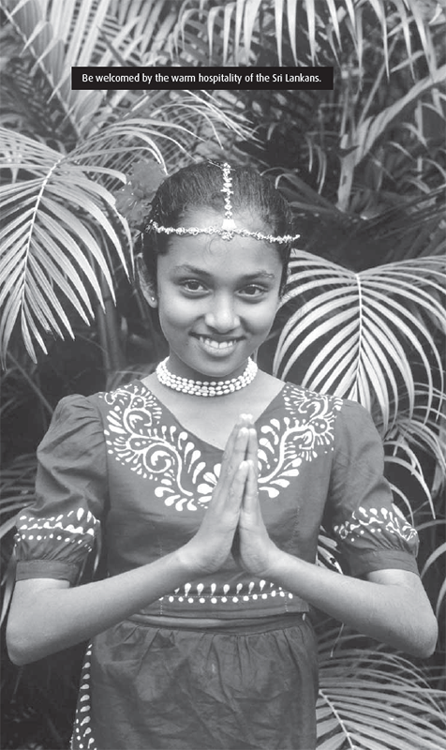
ACKNOWLEDGEMENTS
The most important contributors to this book have been the people of Sri Lanka themselves. Wherever I have travelled, there has always been someone who was willing and able to explain, arrange or just to lend a hand when one was wanted. By far my biggest debt of gratitude in this respect is, of course, to my co-author, Nanda Wanasundera, without whom this book would not exist in the form that it does. Nandas encyclopaedic knowledge of the country, its people and their customs made writing the book so much easier and ensured that the foreign author had his feet firmly rooted in reality.
Of course, there are also other people without whose help the writing of this book would have been impossible. Foremost among these is Babsi Direckse, my driver and friend on a number of trips around Sri Lanka, whose intimate knowledge of the country and its roads led us to some very interesting places! K G L Chandrasena was of immense assistance in guiding us to good sources of illustrations, particularly to the artist Tharaswin and the photographer Suresh de Silva, while Chitra Siriwardene and Rajadurai Surenthiran, my colleagues, helped me by explaining many puzzling nuances of the Sinhala and Tamil languages. Rajiv Wanasundera supplied most of the photographs, so also the meticulously drawn map of Sri Lanka indicating in miniature style what a town or place is famous for. Mike Noak and Mary Warnhammar were another pair of expatriate eyes and proofread the text, while Shrianjani de Alwis did the same job from the local perspective. My secretary, Ann Karunaratne, spent much time typing and refining the text without complaint. Last, but by no means least, my wife Nancy, who spent many long hours making tea and suggestionsmost of which were constructive! I owe a great debt of thanks to her.
Next page
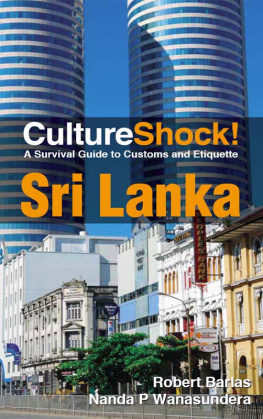
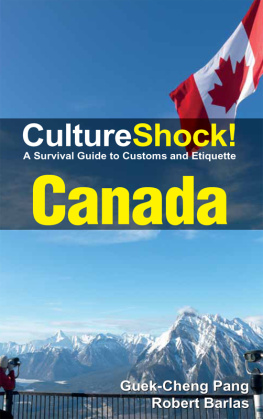


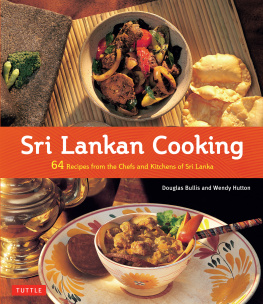
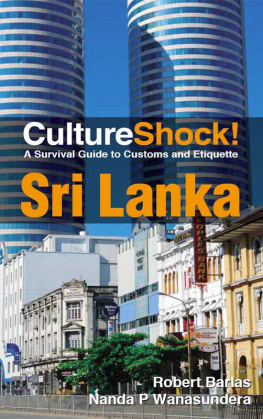
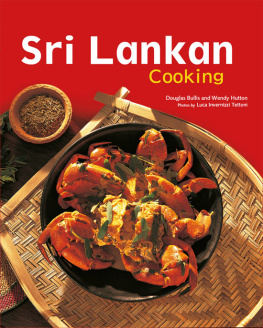
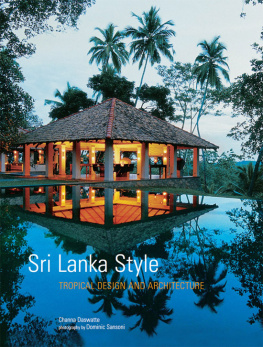
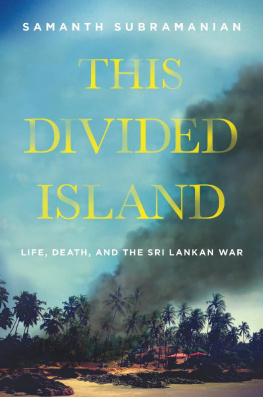
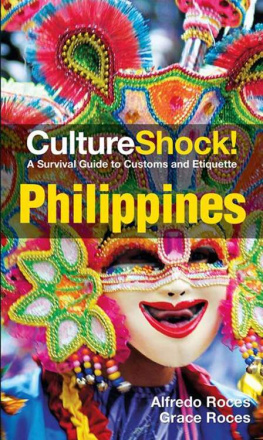
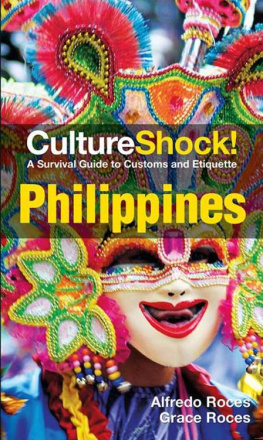
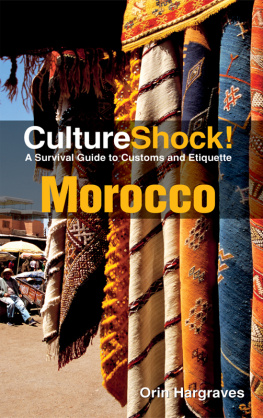
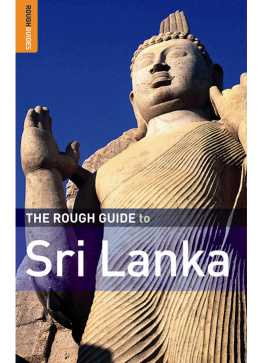

 Marshall Cavendish Ltd. PO Box 65829, London EC1P 1NY UK
Marshall Cavendish Ltd. PO Box 65829, London EC1P 1NY UK 